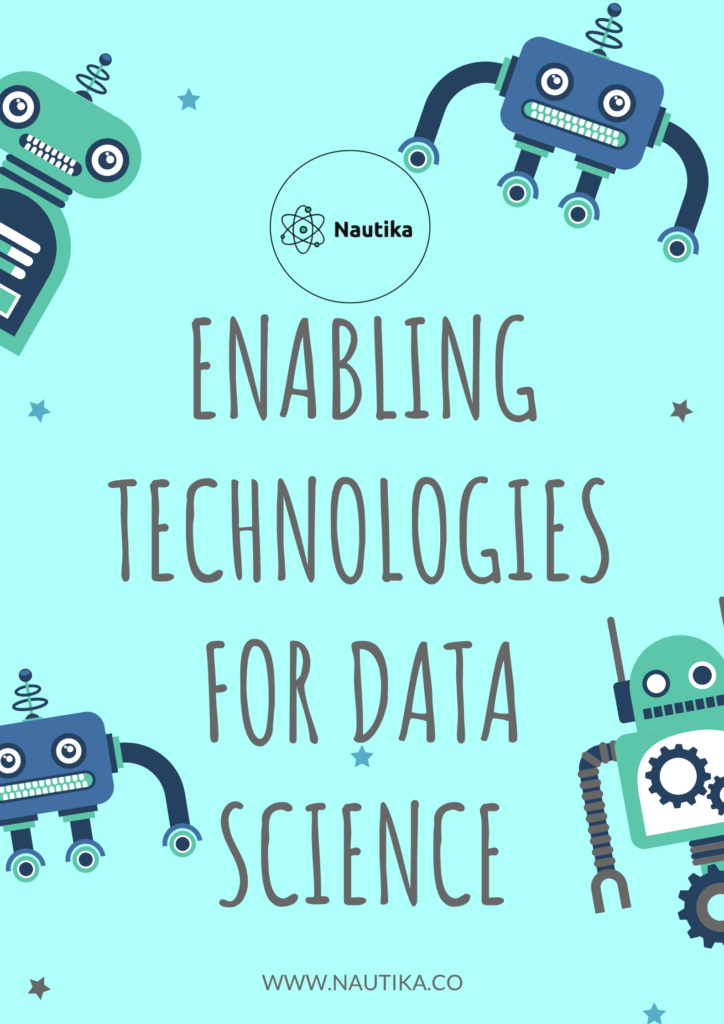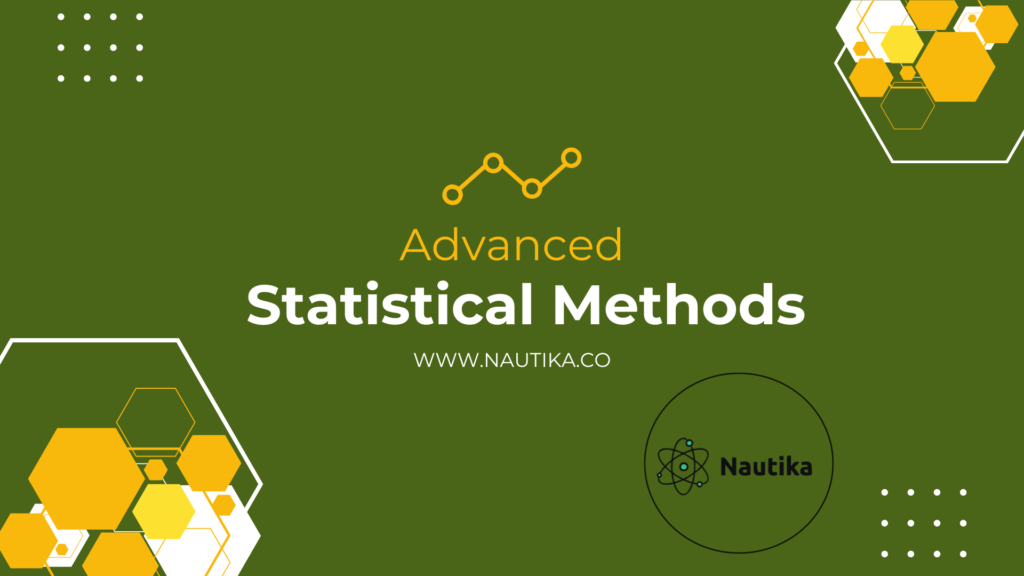Enabling Technologies for Data

Data science is the process of extracting insights from data using various methods, tools and techniques. Data science can help organizations make better decisions, optimize processes, create new products and services, and enhance customer experience. However, data science is not possible without enabling technologies that facilitate the collection, storage, processing, analysis and visualization of data. In this blog post, we will explore some of the key enabling technologies for data science and how they can benefit different domains and industries.
Enabling Technologies for Data Science
Some of the enabling technologies for data science are:
– Cloud computing: Cloud computing is the delivery of computing services such as servers, storage, databases, networking, software, analytics and intelligence over the internet. Cloud computing offers scalability, flexibility, cost-effectiveness and security for data science applications. Cloud computing allows data scientists to access large amounts of data from various sources, run complex algorithms and models, and deploy solutions quickly and easily. Some of the popular cloud platforms for data science are Amazon Web Services (AWS), Microsoft Azure, Google Cloud Platform (GCP) and IBM Cloud.
– Big data: Big data refers to the large, diverse and complex datasets that are generated by various sources such as sensors, social media, e-commerce, mobile devices and web logs. Big data poses challenges for traditional data management systems in terms of volume, velocity, variety and veracity. Big data technologies enable data scientists to store, process and analyze big data efficiently and effectively. Some of the big data technologies for data science are Hadoop, Spark, Kafka, NoSQL databases and data lakes.
– Machine learning: Machine learning is a branch of artificial intelligence that enables computers to learn from data and improve their performance without explicit programming. Machine learning can help data scientists discover patterns, make predictions, classify objects, recognize images and speech, generate text and recommendations, and more. Some of the machine learning techniques for data science are supervised learning, unsupervised learning, reinforcement learning, deep learning and natural language processing.
– Data visualization: Data visualization is the art and science of presenting data in a graphical or interactive form that makes it easy to understand and communicate. Data visualization can help data scientists explore, analyze and communicate their findings and insights to various stakeholders. Data visualization can also help users interact with data and discover new insights. Some of the data visualization tools for data science are Tableau, Power BI, QlikView, D3.js and Plotly
Benefits of Enabling Technologies for Data Science
Data science is the process of extracting insights from data using various methods, tools, and techniques. Data science can help organizations make better decisions, optimize processes, enhance customer experience, and create new products or services. However, data science also faces many challenges, such as data quality, scalability, security, and ethics. To overcome these challenges, data science needs enabling technologies that can support its goals and requirements.
Enabling technologies are those that facilitate the implementation and application of data science. They can be classified into four categories: data management, data processing, data analysis, and data visualization. Each category has its own subcategories and examples of technologies that can help data scientists perform their tasks more efficiently and effectively.
Data management refers to the collection, storage, organization, and governance of data. Data management technologies can help data scientists ensure that the data they use is accurate, complete, consistent, and secure. Some examples of data management technologies are:
– Data warehouses: centralized repositories that store structured or semi-structured data from various sources and provide a unified view of the data.
– Data lakes: distributed repositories that store raw or unstructured data from various sources and allow flexible access and analysis of the data.
– Data pipelines: systems that automate the movement and transformation of data from source to destination.
– Data catalogs: systems that provide metadata and documentation about the data sources, structures, quality, lineage, and usage.
– Data quality tools: systems that monitor, measure, and improve the quality of the data.
– Data governance tools: systems that define and enforce policies and standards for data access, security, privacy, and ethics.
Data processing refers to the manipulation, transformation, and integration of data. Data processing technologies can help data scientists prepare the data for analysis by cleaning, filtering, aggregating, joining, or enriching the data. Some examples of data processing technologies are:
– Extract-transform-load (ETL) tools: systems that extract data from various sources, transform it into a desired format or structure, and load it into a target destination.
– Extract-load-transform (ELT) tools: systems that extract data from various sources, load it into a target destination, and transform it there using the destination’s processing capabilities.
– Streaming platforms: systems that process data in real time as it arrives from various sources.
– Batch platforms: systems that process data in batches at scheduled intervals or on demand.
– Cloud platforms: systems that provide scalable, elastic, and cost-effective computing resources for data processing.
Data analysis refers to the exploration, modeling, and inference of data. Data analysis technologies can help data scientists discover patterns, trends, correlations, or anomalies in the data; test hypotheses; or make predictions or recommendations. Some examples of data analysis technologies are:
– Statistical tools: systems that provide methods and techniques for descriptive and inferential statistics.
– Machine learning tools: systems that provide methods and techniques for supervised, unsupervised, or reinforcement learning.
– Deep learning tools: systems that provide methods and techniques for artificial neural networks and related architectures.
– Natural language processing tools: systems that provide methods and techniques for analyzing text or speech data.
– Computer vision tools: systems that provide methods and techniques for analyzing image or video data.
Data visualization refers to the presentation and communication of data. Data visualization technologies can help data scientists convey the results of their analysis to various audiences using charts, graphs, maps, dashboards, or interactive applications. Some examples of data visualization technologies are:
– Charting libraries: systems that provide functions and features for creating various types of charts or graphs.
– Mapping libraries: systems that provide functions and features for creating various types of maps or geospatial visualizations.
– Dashboarding tools: systems that provide functions and features for creating interactive dashboards that display multiple visualizations in a single interface.
– Reporting tools: systems that provide functions and features for creating formatted reports that include text, tables, images, or visualizations.
– Storytelling tools: systems that provide functions and features for creating narratives or stories that combine text, audio, video, or visualizations.
Enabling technologies for data science can provide many benefits for data scientists and their organizations. They can help:
– Reduce the time and effort required for data science tasks
– Increase the quality and reliability of the data and the analysis
– Enhance the scalability and performance of the data science solutions
– Improve the collaboration and communication among different stakeholders
– Foster innovation and creativity in solving complex problems
Therefore, enabling technologies are essential for the success of data science projects. Data scientists should be aware of the available technologies in each category and choose the ones that best suit their needs and objectives. By leveraging enabling technologies for data science, data scientists can achieve more with less
Stay Tuned for More!
The Advanced Statistical Methods

In this blog post, I will introduce some advanced statistical methods that can be used to analyze complex data sets and answer challenging research questions. These methods include multivariate analysis, factor analysis, cluster analysis, and structural equation modeling. I will explain the basic concepts, assumptions, and applications of each method, and provide some examples using real-world data.
Multivariate Analysis
Multivariate analysis (MVA) is a branch of statistics that deals with the analysis of multiple variables simultaneously. MVA can be used to explore the relationships among variables, test hypotheses, and make predictions. Some common types of MVA are:
– Multiple regression: a method to model the relationship between one dependent variable and several independent variables.
– Analysis of variance (ANOVA): a method to compare the means of different groups or conditions on one or more dependent variables.
– Discriminant analysis: a method to classify observations into predefined groups based on their values on several independent variables.
– Multivariate analysis of covariance (MANCOVA): a method to compare the means of different groups or conditions on multiple dependent variables, while controlling for the effects of covariates.
Factor Analysis
Factor analysis (FA) is a method to reduce the dimensionality of a large set of variables by identifying a smaller number of latent factors that explain the common variance among them. FA can be used to:
– Explore the underlying structure of a data set and identify meaningful patterns or clusters of variables.
– Simplify the data set by replacing the original variables with a smaller number of factors that capture most of the information.
– Validate the construct validity of a measurement instrument by examining how well the items measure the intended factors.
Cluster Analysis
Cluster analysis (CA) is a method to group observations into homogeneous clusters based on their similarity or dissimilarity on several variables. CA can be used to:
– Discover natural or hidden groups in a data set and characterize their profiles or features.
– Segment a population into different subgroups based on their preferences, behaviors, or characteristics.
– Evaluate the effectiveness of a classification scheme by comparing the actual clusters with the expected or predefined ones.
Structural Equation Modeling
Structural equation modeling (SEM) is a method to test complex causal models that involve multiple variables and relationships. SEM can be used to:
– Estimate the direct and indirect effects of one variable on another, as well as the total effect.
– Assess the fit of a hypothesized model to the observed data and modify it if necessary.
– Compare alternative models and select the best one based on various criteria.
In this blog post, I have briefly introduced some advanced statistical methods that can be useful for data analysis and research. These methods are not mutually exclusive and can be combined or integrated depending on the research objectives and questions. I hope this post has sparked your interest in learning more about these methods and applying them to your own data sets
Stay Tuned for More!